Simple and helpful tips for planting and caring for Babiana outdoors
In our country, the plant is still little known, but those flower growers who have babiana admire its beauty and are proud of their purchase. But it's not just her beauty that captivates them. Planting babiana in open ground and caring for it does not require special rules.
Description of the plant
Babiana is a beautiful plant that came to us from the South African rainforest. It got its name from baboon monkeys, who really like the taste of corms.
The plant belongs to the Kasatnikov family (Iris). The average height does not exceed 20-25 cm, the leaves are elongated and slightly drooping down. The stem is branched or straight. Flowers are collected in bell-shaped inflorescences of 4-7 pieces. Their color is varied, but lilac, blue and purple flowers are more common. The fruit is a spherical box that contains seeds.
The plant can be grown as an indoor or decorative outdoor crop. Its flowers are the decoration of any interior, rockery or alpine slide.
How to plant correctly?
Experience has shown that Babiana is easier to grow from an onion. Like all tropical plants, she prefers light, is afraid of frost, cold and strong winds. Therefore, when choosing a place for landing, these features must be taken into account.
Advice
Planting a plant in open ground is carried out in the spring only after the frost on the soil ends.
The optimum temperature for growing is 22-27 ° C. Lower or higher temperatures will lead to poor growth, flowering or death.
Planting babiana in the open field involves planting in fertile, well-heated and cultivated soil at an average (5-7 cm) depth, maintaining a distance of 10 cm between the tubers. Several peduncles are formed from each bulb.
Care: basic rules
When caring for Babiana outdoors, it is important to follow a few simple steps to help grow this beautiful exotic flower.
Babiana is not demanding on the composition of the soil. But in order to ensure intensive growth and flowering of the plant, before planting in the ground, you can add a little ordinary sand, peat moss or perlite.
Do not fertilize the soil immediately after planting. The first feeding can be done when the babiana takes root well enough, several small stems appear. Usually potash or phosphate fertilizers are applied to the soil three times during the growing season:
- 1st time - 2-3 weeks after planting;
- 2nd time - mid-July;
- 3rd time - 2 weeks before removing the tubers from the soil.
Advice
Top dressing with mineral fertilizers can be alternated with organic fertilizers.
During the entire growing season, the plant must be watered regularly. But here, too, there are some subtleties. Immediately after planting, babiana should not be watered abundantly. She needs a large amount of moisture during the period of the appearance of underground shoots. After the flowers appear, watering is minimized, and after the stems die off, it stops altogether.
Resting care
The flowering period is long: from early August to October. As soon as flowering ends, the aerial part begins to die off. You can dig up the bulbs after the leaves turn yellow. But you cannot immediately remove the leaves; this can be done after they have dried.
Before laying the tubers for storage, they should be well dried and pickled.. In winter, they are stored in a dark, dry and cool place at a temperature of + 10 + 12 ° C.
Advice
So that the tubers do not receive mechanical damage and mold does not appear on them, they can be sprinkled with sand or sawdust.
In areas where winters are short and warm, tubers can be left outdoors. But the planting site itself should be well covered with a layer of peat or leaves (the thickness of the shelter should be at least 20 cm).
Reproduction methods
Reproduction takes place in two ways: by seeds and by children. The first breeding option is rarely used, since the process of obtaining seeds is long and laborious. The plant develops very slowly, even good and proper care makes it possible to bloom only in the 3rd year.
Babiana planted by children grows much faster. After digging up, you should not separate the children, since they can be damaged, and during storage they can dry out. This is best done in the spring before planting.
Pests and diseases
Babiana is constantly attacked by various pests throughout the season. Their presence on the plant will be "betrayed" by spots on the leaves and cobwebs on the stems. Most often they attack:
- aphid;
- spiders;
- mealybug;
- spider mite;
- nematode.
Diseases can change the appearance of flowers, leaves and stems. The most dangerous are root rash and gladiolus thrips. To preserve the beauty of the plant and prevent its death from diseases and pests, gardeners should spray and water it with appropriate preparations.
A pleasant, delicate smell, bright and colorful shades of flowers will delight every grower for a long time, subject to the basic rules of planting and caring for the plant.

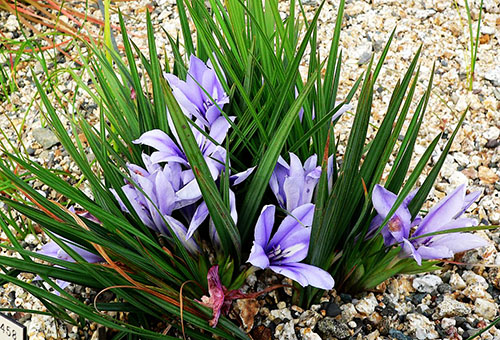

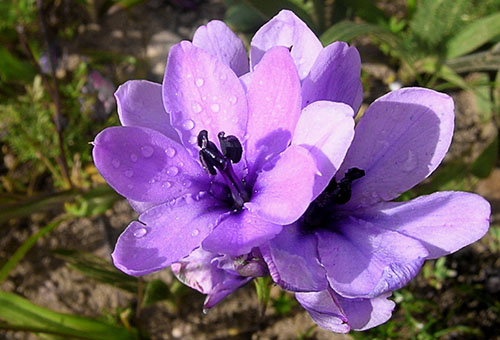

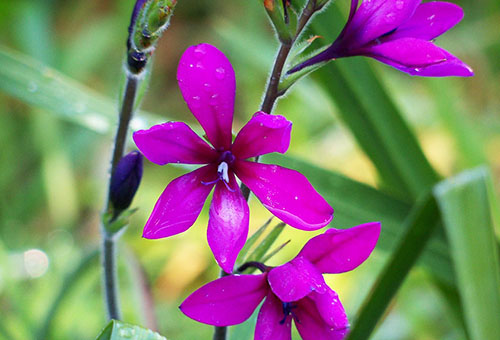
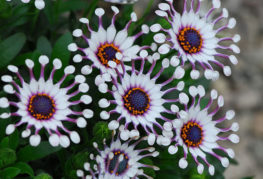

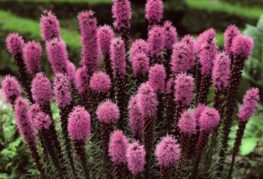
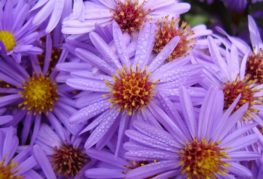

and will be published shortly.